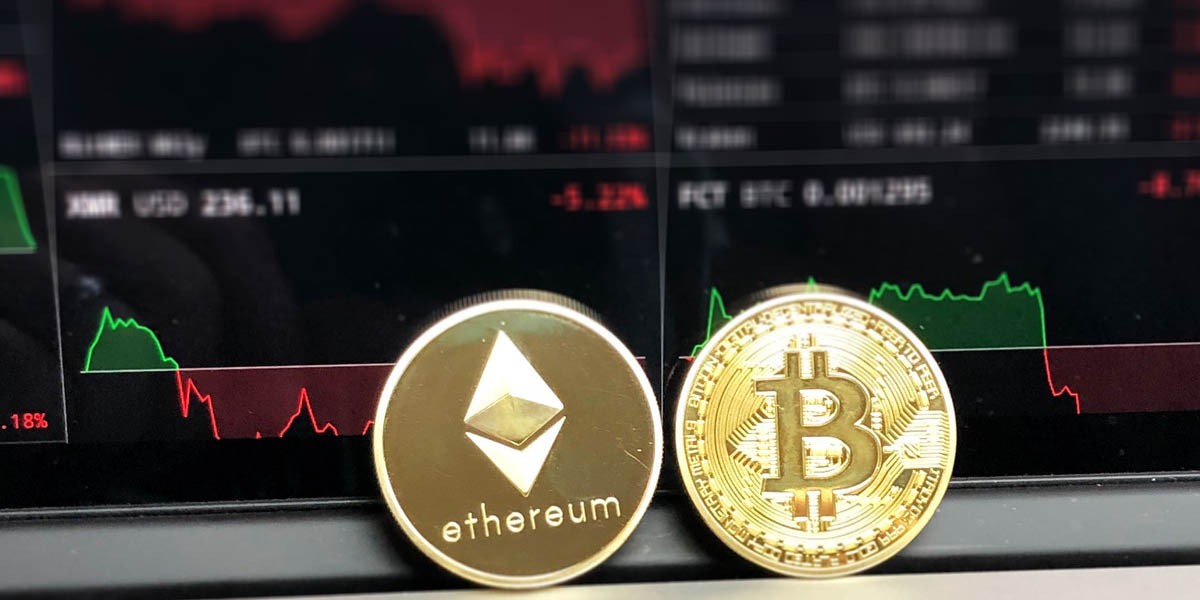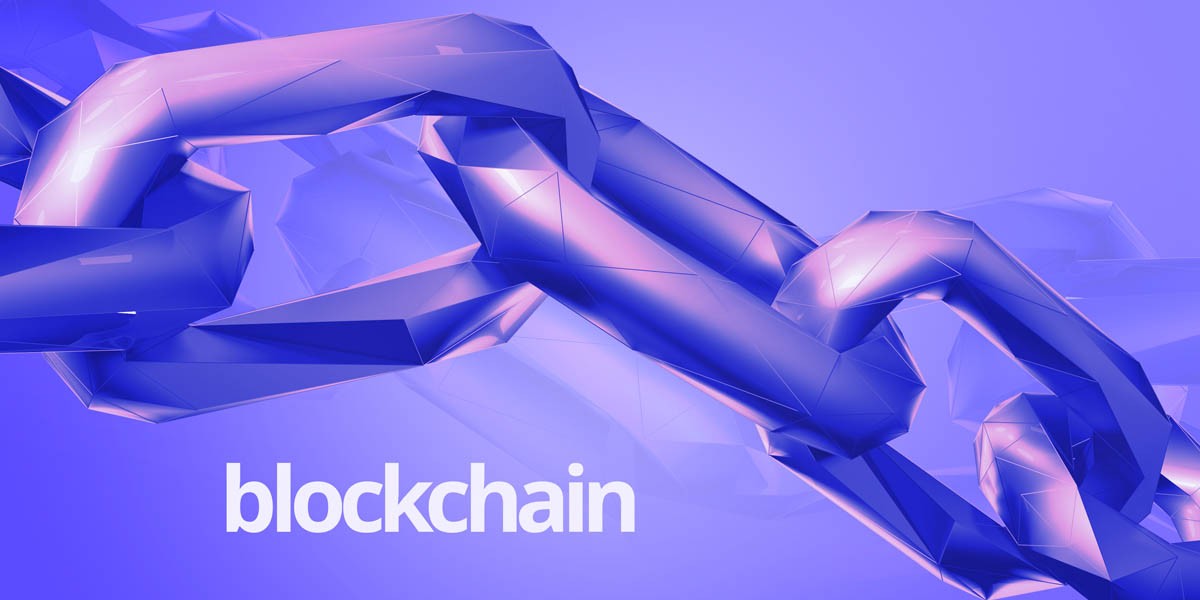Technology is moving ahead fast, making it almost impossible to stay up to date. Looking back a bit, technology made a shift in December 2015 when the era of blockchain began. Blockchain is a very complex technology which makes describing it in a nutshell nearly impossible. The short descriptions are mostly ‘fuzzy’ and/or too technical to understand it at first glance.. This blog is an attempt to go a little deeper than usual giving a real look under the hood of that thing called blockchain.
Blockchain’s origin
Blockchain is the foundation of bitcoin. So, bitcoin runs on blockchain. Bitcoin is only the first use case of blockchain and it is the world’s first cryptocurrency which appeared in January 2009, invented by mysterious and elusive person Satoshi Nakamoto.
Bitcoin is “a purely peer-to-peer version of electronic cash that would allow online payments to be
sent directly from one party to another without going through a financial institution”.
Satoshi Nakamoto
The origin of Bitcoin
What is Bitcoin?
Bitcoin is “a purely peer-to-peer version of electronic cash that would allow online payments to be sent directly from one party to another without going through a financial institution” as Nakamoto describes in his white paper Bitcoin: A Peer-to-Peer Electronic Cash System. In other words, it is a digital currency that allows transactions to be carried out online without any financial institution in the middle (like credit card companies or banks) required to validate transactions. The entire framework is designed to be independent from control by any central monetary authority to protect freedom and privacy. No one owns it, no one controls it.

If there is no authority over it, who stands behind the validity of transactions?
The concept behind bitcoin is to allow money to be sent directly from one person to another without any trusted third party (like a bank). But, bitcoin isn’t printed like other currencies. It is a digital form made up of set of numbers stored on an computer. It is “mined” by people running powerful computers all around the world. In other words, it is run by a peer-to-peer computer network made up of independent computers. On each individual computer bitcoin software is running. The way it is “mined” is by putting new bitcoins in the digital currency ecosystem by solving complex mathematical equations. Solving mathematical (cryptographic) puzzles is part of the bitcoin program. To solve a puzzle, it requires heavyweight computing power. The more powerful equipment in place, the more successful the mining process. The purpose of mining is to validate transactions and make them secured. So, the blockchain technology itself provide consensus to validate transactions where all participants on network agree on the validity of the transaction.
How does blockchain work?
Blockchain stores transaction data in series of connected blocks forming a chain (hence the name “blockchain”). A block contains the sequence and time of transactions and it has a link to a previous block. Since the blocks are linked together, we can trace back through previous records of transactions. The blocks are created by “miners” nodes (or independent computers/participants). Nodes are networked together, sending and receiving transactions from and to each other. The nodes which are the “miners” (not all nodes are miners nodes) verify and group transactions into blocks (all transactions in blocks need to be valid) and add them to the public ledger (list of blocks). The ledger is shared by every participant and it is updated through peer-to-peer replication every time a transaction occurs. Yes, that means that blockchain contains all transactions that ever happened in the history of Bitcoin.
By using a shared ledger, transaction records are available to all parties and every authorised participant who has access to the transaction. If someone wants to change data in the ledger, everyone will immediately know about that. That is because once the block is “mined” it is announced to other nodes in the network, so that they can add the block into their copy of the blockchain ledger. In that way, all participants in the network hold the same copy of the data.
If data is spread around the network, how it is secured?
Since data stored on blockchain is encrypted, even though everyone can see transactions, no one can know whom the accounts of those transactions belong to. Confidentiality is secured through cryptographic techniques, meaning both transaction and identities can be masked. The participants themselves can specify which information others can view, as well as determine the status of their transactions (to validate if one has started and completed).
Also, if someone wants to alter a transaction it will be difficult mainly because:
1) Since a block is connected to blocks before and after it, it means not just the block containing transaction would need to be changed, but also all linked blocks.
2) Since putting a seal on a block is actually applying a hash (each block has a unique hash), faking a transaction means changing the block containing the transaction, which would require generating a new hash. Since all participants have copies of the blockchain (their own ledger) it is not hard to check if hash is different from the original one stored in the ledger, hence identifying fake transactions.
The benefits of using Blockchain
Core principles of blockchain are transparency and security.
Security: The mechanism on which blockchain has been made provides protection against fraud, tampering and cyber-crime. A bank, as a centralised computer system, has one weakness: there is a central point of failure that hackers can attack. If a bank fails, all data will get corrupted. That is why a need for having a more secure system which works in a more decentralised fashion is a necessity. Blockchain has a distributed structure without a central records. Data is spread over and confirmed by all nodes. If hackers want to attack the data, then at least 51% of all the computers
across the network need to be hacked, which is almost impossible.
Transparency: Transactions are publicly available on the blockchain network. As written earlier, the blockchain itself allows anyone on the network to verify data and to have visibility of the transaction status.
Anonymity of data: No transaction reveals personal information. No one can know who the sender and receiver of a transaction are, as well as the nature of transaction.
Faster transaction: Transaction time is reduced to minutes instead of days. With traditional banking systems, sending money from one part of the world to another takes some days. The transaction settlement is now much faster.
Cost saving: There are no third parties or middlemen who guarantee transaction by charging fees. Transaction fees that banks or credit cards normally charge have significantly decreased from tens/hundreds of dollars/euros to just few cents. Also, there is no more need for piles of documentation just to complete a trade, because everyone is allowed to access the data records.

Blockchain in action
The use of blockchain increases every day in almost every area in world, across healthcare, finance, government and many others. These industries are transforming not just from a traditional way of working toward a digital way of working, but also toward serving for a better purpose. Find some real-world use cases blockchain below:
1. Plastic Bank is an environmental organisation for recycling plastic waste into social consumer goods with the goal of having a cleaner ocean. Collectors of trash and plastic receive digital tokens instead of cash. Using smartphones they can exchange tokens for actual products. Can blockchain clean up the oceans?
2. Healthcare industries use blockchain for managing medical records and clinical trials where integrity is ensured. It can hold complete medical history of a patient and ensure privacy. There are plenty more benefits of using blockchain here, such as keeping the whole patient’s genetic profile, economic status, demographic status, etc. Can blockchain improve health treatments?
3. Energy markets where many startups tend to grow in the blockchain ecosystem, especial in solar energy. One worth mentioning is SolarCoin which combines solar energy and technology by introducing ‘solarcoins’ which are then used in solar rewards program for generating electricity. One solar coin is equivalent to a megawatt-hour of solar energy production. A better planet ecosystem with blockchain?
4. The diamonds industry also started to use the benefits of blockchain for diamond ownership and tracking imports/sales. One of those companies is Everledger which creates a digital thumbprint for diamonds (by taking core data from the diamond like color, carat weight, cut, laser inscriptions, etc.) and locks that info into blockchain. Since the data is in blockchain, stolen diamonds can easily be spotted and traced. Can blockchain prevent fraud and blood diamonds?
5. In governments where there is a possibility to build better services for land-registration and property ownerships/transactions, and a possibility for sharing data across social service agencies where the delivery of data to an individual can be more simplified as well as more privacy oriented. Are governments transforming with blockchain?
These are just few examples here, but the list can definitely be extended with tens of different ones.
Mentioning the examples above, it seems that blockchain is changing an organisation’s DNA to serve for people, instead of just because of people? Can this technology revolutionise and change the world? Banks and many financial organisations are not mentioned here. Most of them have been denying the potential of blockchain (although some of them already adopted it). Read this Forbes article to find our more about blockchain banking use cases.
Is blockchain the new gold?
With no intention to make blockchain an ideology in this article by emphasising the huge potential of blockchain, there are also negative sides of using it. It is not an ideal technology: transactions are irreversible, we need to be our own bank, consumption of electricity used for mining is too high, number of transactions processed in time is too low, nature of transactions are anonymous, etc. This said, there are also plenty of negative use cases considering blockchain, the rise and fall of “Wild West marketplace” Silk Road being the most negative one.